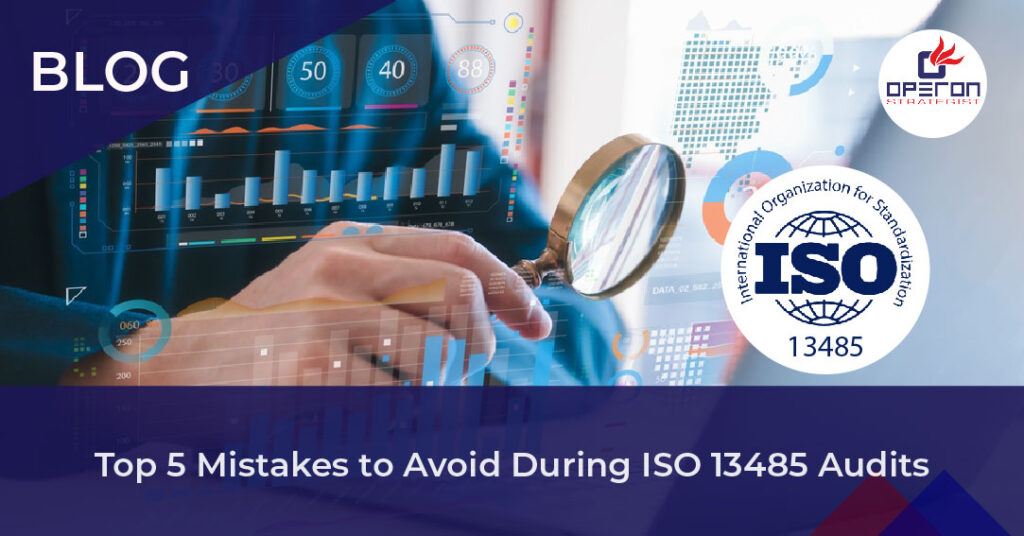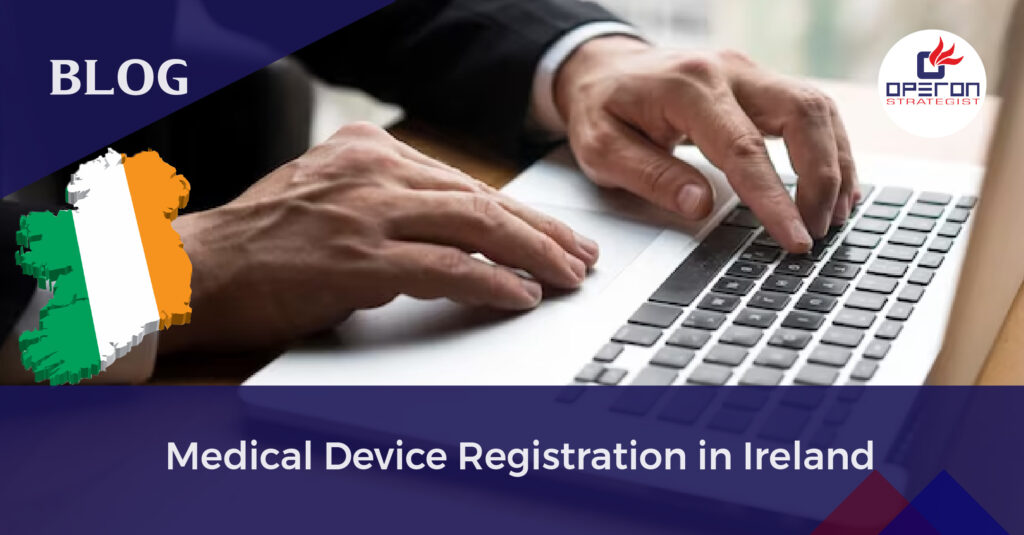ISO 13485 Audits (Mistakes to Avoid)
Preparing for an ISO 13485 audit can feel like a high-stakes endeavor. Compliance with ISO 13485 and the Medical Device Regulation (MDR) is critical for ensuring market access, maintaining credibility, and upholding patient safety.
The stakes are clear:
- A successful audit secures market access and strengthens your reputation.
- A failed audit with numerous nonconformities can lead to delays, increased costs, and missed opportunities.
While auditors may vary in style, some mistakes are surprisingly common.
Looking For a Medical Device Regulatory Consultant?
Let’s have a word about your next project
Here Are Five Pitfalls Manufacturers Should Avoid to Ensure a Smoother Audit Process.
Focusing Solely on Product Risks
ISO 13485 mandates that manufacturers address process risks as well as product-related ones. However, many companies overlook this requirement.
What to do:
- Conduct a thorough review of your Quality Management System (QMS) to ensure it includes risk assessments for processes as well as products.
- Document and implement process risk management activities to demonstrate compliance.
Overlooking MDR Article 10 Section 9 Requirements
The MDR introduces additional QMS elements beyond ISO 13485, which are often overlooked during QMS development or upgrades.
What to do:
- Perform a gap analysis between your current QMS and the specific requirements of MDR Article 10, Section 9.
- Ensure all additional MDR requirements are integrated and implemented within your system.
Lack of Clarity in Trend Reporting
Article 88 of the MDR requires manufacturers to monitor “significant increases” in trends, but merely referencing the MDR text isn’t enough. Auditors expect clearly defined procedures and thresholds.
What to do:
- Develop specific and measurable criteria for trend reporting, such as a simple mathematical formula or a clear description.
- Define action thresholds to address “significant increases” systematically.
Misaligned Risk Management Processes
ISO 14971 is often integrated into the QMS, but failing to align it with MDR Annex I can lead to issues. The MDR requires risks to be reduced “as far as possible,” which differs from ISO 14971’s “as far as reasonably possible.”
What to do:
- Review and align your risk management practices with the MDR’s stricter requirements (Annex I, Sections 2 and 3).
- Ensure your documentation reflects this alignment to satisfy audit expectations.
Skipping Root-Cause Analysis in CAPA
Corrective and Preventive Actions (CAPA) are a cornerstone of ISO 13485, but many companies stop at addressing the symptoms without identifying the root cause.
What to do:
- Invest time in conducting a thorough root-cause analysis for every CAPA case.
- Document findings and implement solutions to prevent recurring issues.
Get Expert Guidance for Your ISO 13485 Compliance
How Operon Strategist Can Help
Navigating the complexities of ISO 13485 and MDR compliance requires expertise and a strategic approach. This is where Operon Strategist, a leading medical device regulatory consulting company, plays a pivotal role.
Our Expertise:
- Comprehensive audits and gap analyses to align your QMS with ISO 13485 and MDR requirements.
- Risk management support tailored to both product and process risks.
- Development of clear, actionable procedures for trend reporting and CAPA.
- Guidance on integrating ISO 14971 with MDR Annex I for seamless compliance.
At Operon Strategist, we help medical device manufacturers minimize nonconformities and ensure a successful audit outcome. By leveraging our experience, you can focus on innovation while we handle regulatory complexities. We also assist in manufacturing plant setup as per the compliances.
- adminhttps://operonstrategist.com/author/admin-2/
- adminhttps://operonstrategist.com/author/admin-2/
- adminhttps://operonstrategist.com/author/admin-2/
- adminhttps://operonstrategist.com/author/admin-2/



